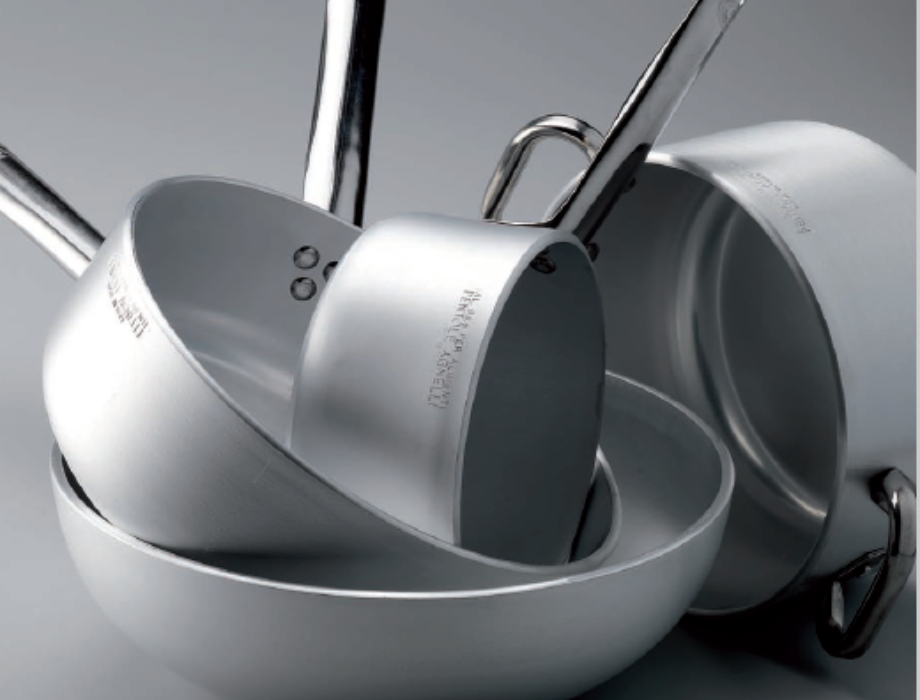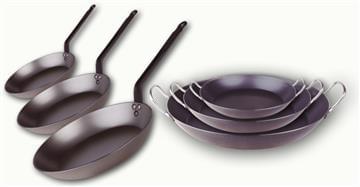Posts tagged 'Cottura a induzione'
Induction pans: how to recognize them? Our advice for choosing the best ones
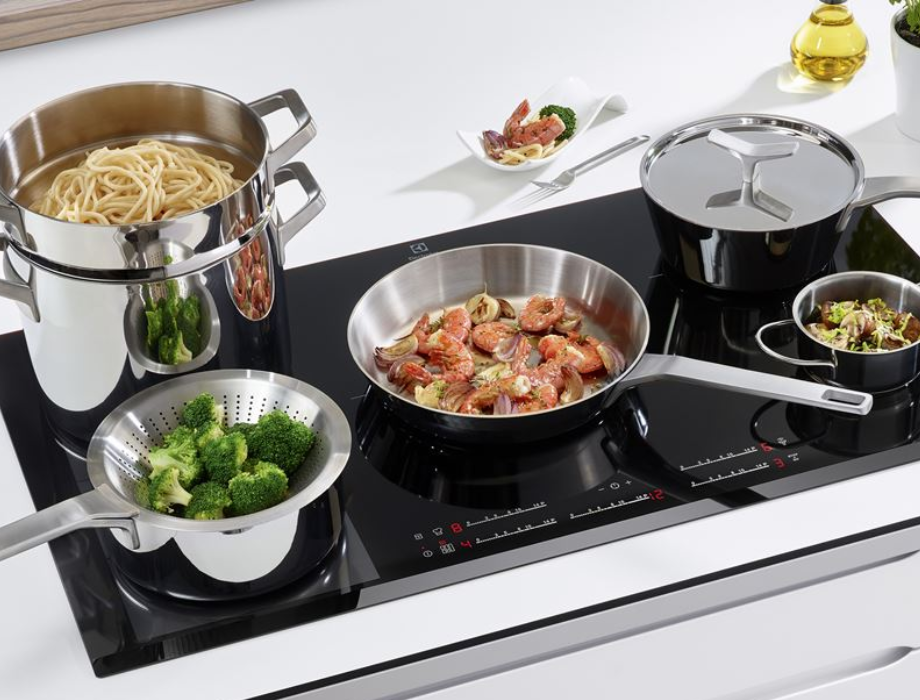
INNOVATION IN THE KITCHEN? INDUCTION COOKING
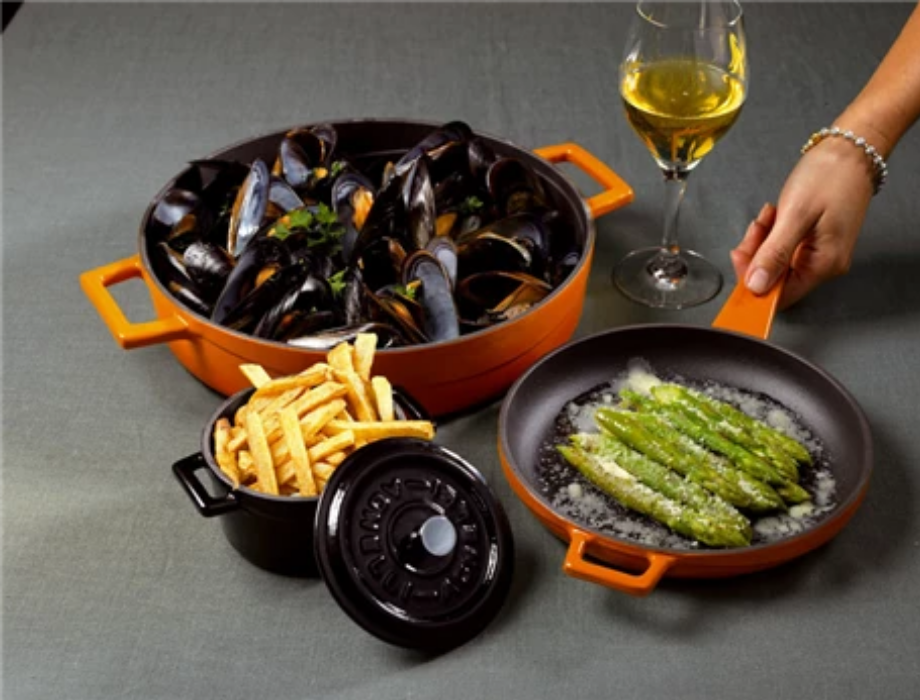
Slowcook
Pentole Agnelli's cocottes are made with the best cast iron in the world. Enamelled cast iron is a carbon-rich iron alloy coated with an enamel composed primarily of glass.
This superior quality enamel allows for better resistance to thermal shock and scratches, and also makes cleaning easier.
It has the ideal properties for braising, roasting and caramelising.
Preferred by both amateurs and the greatest chefs, this enamel offers non-stick properties, so there is no need to grease the first time you use it.
Simplified cleaning and ease of use.
Cast iron is one of the materials that retains heat better, spreads it slowly and distributes it in a perfectly homogeneous way, whatever the hob or oven up to the table. Furthermore, the uniform distribution of heat prevents food from sticking and burning and slow cooking at low temperatures intensifies the taste. Enamelled cast iron also retains the cold just as well, making it suitable for storing food in the refrigerator.
The heavy lid recovers humidity and preserves the aromas inside the cocotte to give more flavor to the dishes.
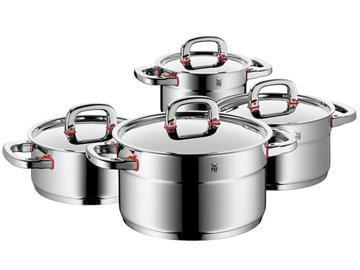
The stainless steel pans
Welcome back to a new chapter of " Choosing the right pot ". Today we talk about stainless steel cookware.
Stainless steel pans have several advantages, first of all they are very safe from a hygienic point of view, they have excellent resistance to thermal shock, abrasion, impact and corrosion.
They are particularly suitable for induction cooking if a ferritic steel disc is applied to the bottom.
Stainless steel is recommended for immersion cooking in which the heat is transmitted by the liquid in which the food is immersed and not by direct contact with the walls and bottom of the container.
On the other hand, they have a high specific weight and during cooking it is easy for splashes and splatters of food to char on the walls, given the different temperature compared to the bottom.
Energy saving is not optimal due to their poor ability to conduct heat and they are not very resistant to aggression from coarse salt. Furthermore, in stainless steel there are still moderate quantities of nickel and chromium.
Some useful tips before buying:
- Make sure it is 18/10 stainless steel, otherwise it may rust.
- The thickness of the aluminum disc, placed on the bottom to spread the heat, must be at least 6-7 mm.
- Add the salt only after boiling to prevent it from attacking the metal before melting.

